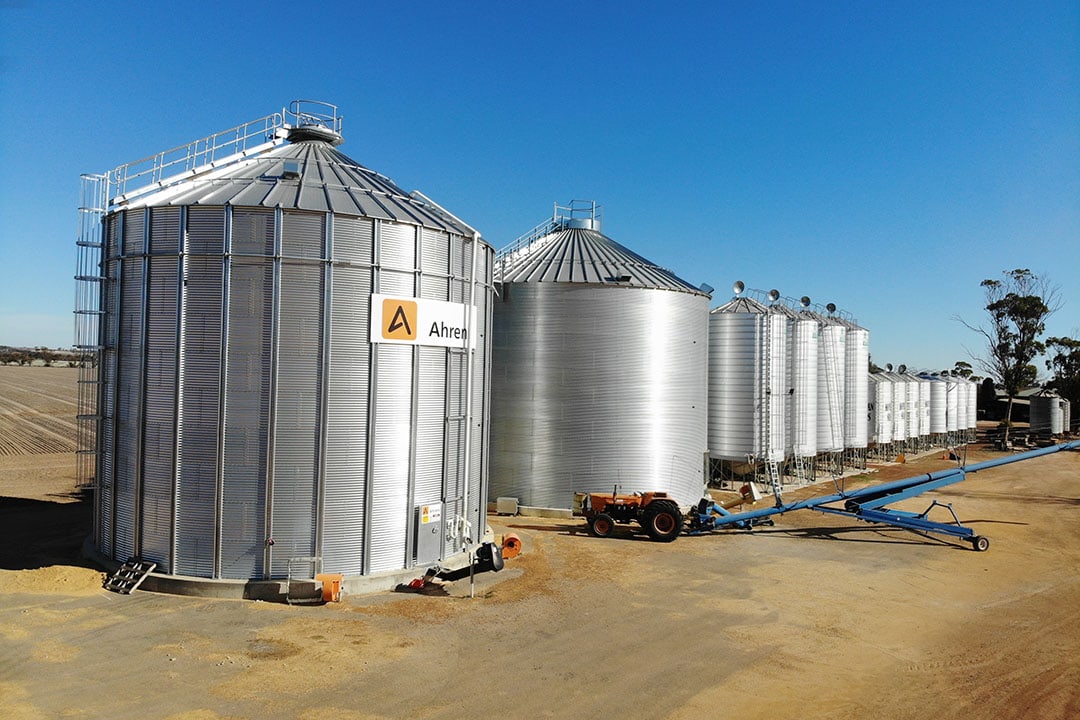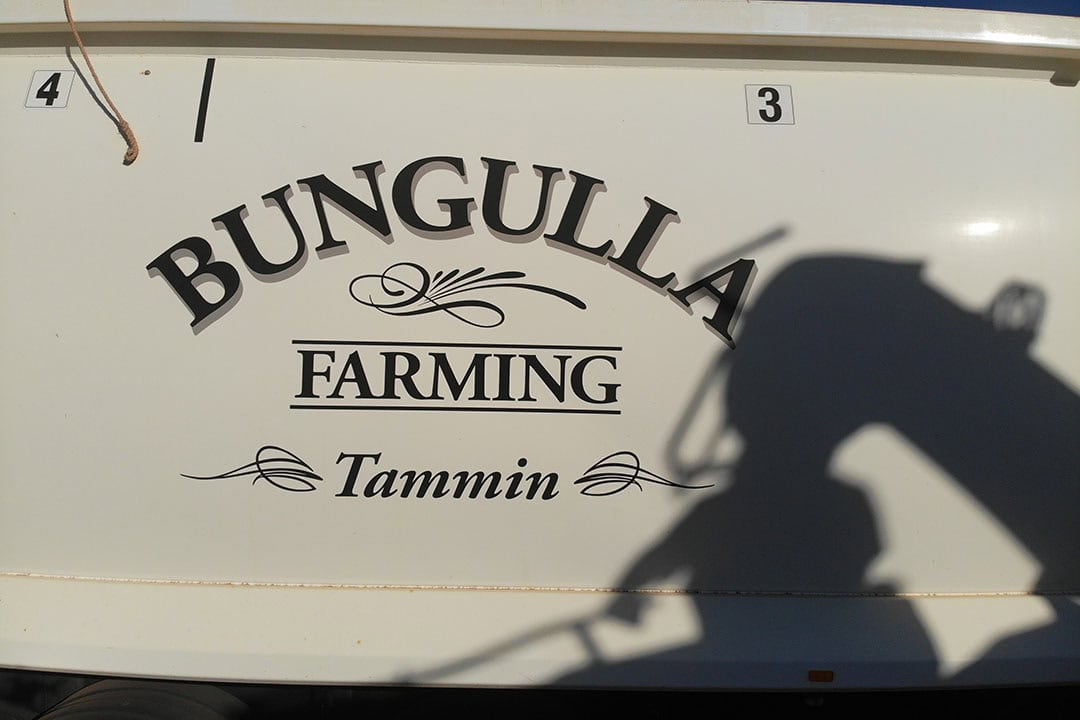How an early agtech adopter helps start-ups

The interest of Australian farmers in agtech is growing rapidly, says Brad Jones, innovative broadacre farmer and early adopter of agtech. “The younger generation is more acceptive of tech. It is starting to gain momentum and ramp up.”
Mr Jones will soon use his knowledge of agtech as a mentor of the start-up Network program, an initiative of AgriFutures Australia and AgriStart that will bring start-ups and growers together.
The farmer from Western Australia got interested in agtech by chance. “As a professional pilot I was flying around and looking at the world below me in 3D. I was looking down at my crops and seeing so much variability. I was thinking: we‘ve got a common fertiliser rate and seed rate. We need persistent moisture. There must be something that we can do.”
Text continues underneath image
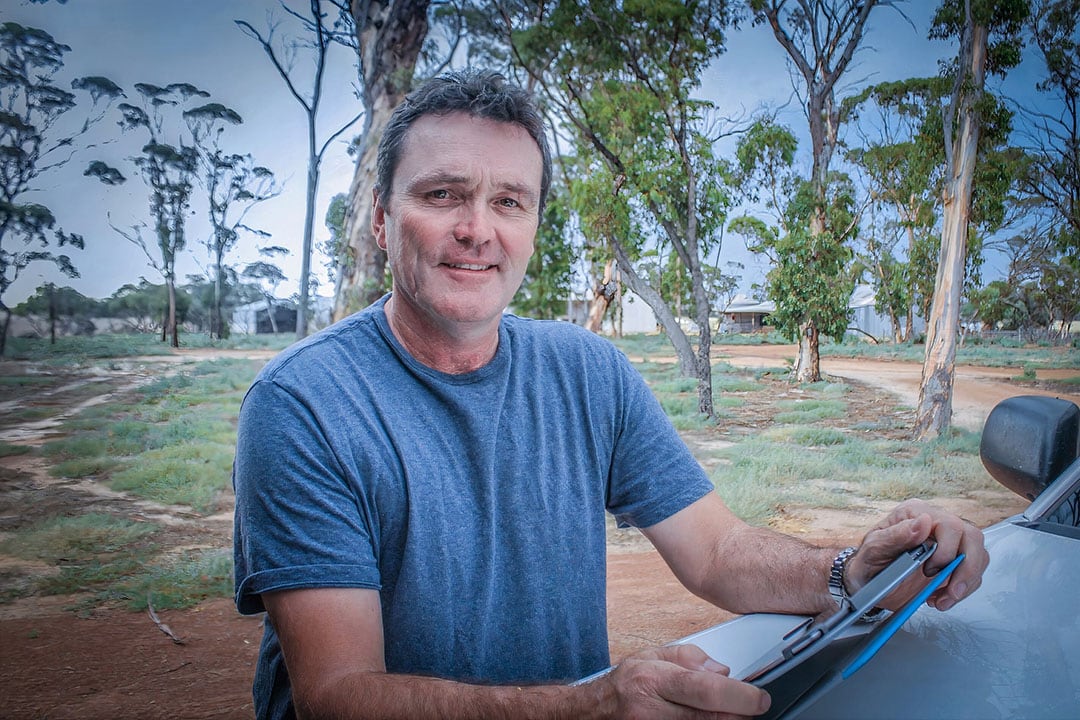
Electromagnetic and radiometric soil surveys
Not long after, flying from Sydney to Moree, Mr Jones was talking to someone about his farm and was advised to contact consultants that could help him with electromagnetic and radiometric soil surveys.
“We determined what our different soil types were”, he explains. “We had some yield data on the farm that we were accumulating, not having a good realisation of what we could do with it. Once we combined these soil types with our yield data, the outcomes all made sense.”
Our three main costs are fertiliser, chemicals and labour and we were saving on two of them
Mr Jones took a more economic approach on his farm. “I started taking less risk by using a variable rate fertiliser. A large part of the farm actually was getting zero fertiliser. That was my start with agtech, when I dipped my toe in the water. And it gave us good returns. Our three main costs are fertiliser, chemicals and labour and we were saving on two of them.”
Mr Jones has introduced a lot of new technology on his farm since then. He is now also non executive chair and shareholder of Origo, a company that manufactures a system to provide real-time data monitoring, data analysis and automatic map generation.
Text continues underneath image

16 weather stations and moisture probes
Bungalla Farming has its own system that picks up signals from 16 weather stations and moisture probes to automatically generate moisture maps, aggregate data on temperature, relative humidity, rainfall and Delta T conditions for spraying. An app provides remote access to the data.
“We can keep an eye on our liquid fertiliser levels for example”, Mr Jones points out. “But we also had a recent rain event and the system created a spatial rainfall map for us. We could see where the rain had fallen more and less. It just gives us a helicopter view, a better picture of where to assign our assets.”
All the machines on the farm are tracked and Mr Jones and his staff can see at any time what machines are working and were. “I can sit here and see where my aircrafts are working, where my trucks are located and what farm machinery is working. I just shows us where we need to be at what time and where our assets are.”
Text continues underneath video
Agworld app
Mr Jones tracks his rainfall through the Agworld app. This makes data available whenever he needs it. He plans to have more rain gauges and weather stations on different parts of his farm in the future. It will allow him the possibility to create spatial rainfall and temperature maps. These maps can be overlaid with yield maps and provide valuable insights into actual profit per crop type per millimetre of rain. “Such insights will be very useful when it comes to making variety and planting date decisions”, Brad says.
Bungulla Farming was audited for International Sustainability and Carbon Certification Scheme (ISCC) certification to enable canola sales into Europe. “We had all our chemical and other canola crop records at our fingertips through Agworld, including that we had used registered herbicides at legal label rates, which made the audit quick and easy and we passed it with no problems”, Brad explains.
Text continues underneath image
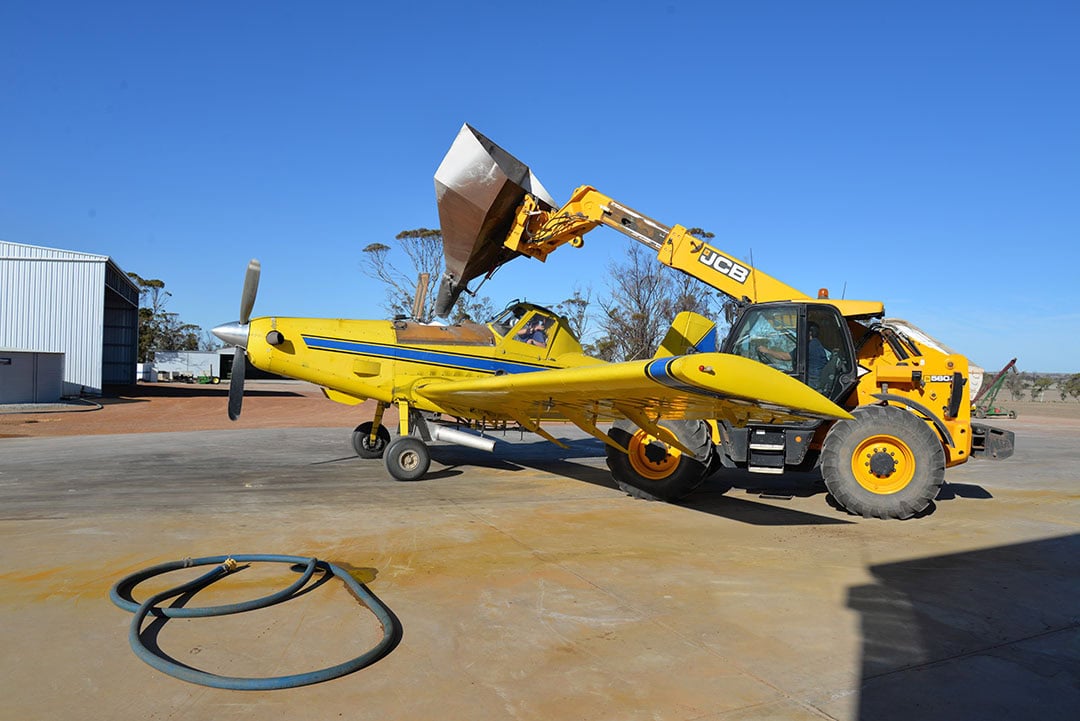
Swarmbot field robot
Bungalla Farming is expecting a Swarmbot field robot on the farm soon . “We are planning to link it to a boom sprayer”, he says. “So the bot can do the spraying anytime of the day or night. We‘ve done some work with drones in the past, where we took images for spot spraying. But the drones had limitations with endurance and how much data could be captured. The Swarmbot we will be using will have the same kind of green on green camera technology without the limitations.”
Text continues underneath image

Start-up Network program
Mr Jones is now a mentor of the Start-up Network program. The program, that was launched at the end of April, will provide a national network for start-ups. Nine Australian agritech start-ups have been selected for start-up Network, an educational program created by AgriStart and evokeAG.
The participants are: Jack Travers of TruckTracker, Lucy Anderton of my FARMSMART, Dr Daniel Pelliccia of Rubens Technologies, Nick Seymour of Farmo (Water Rat), Rob Johnson & Peter Roberts of Agtecnic, Stewart McConachy & Simon Winter of iTRAK, Hamish Munro of Pairtree, Rob Kelly of LIVEstock Pricing and Lisa Anderson of Thinkbio.
The best thing about agtech is that it’s bringing a whole heap of youth back into ag
These are start-ups with an agrifood innovation that provides a solution to on farm challenges. They have a product ready for a farmer to trial on farm. The start-ups will receive a mentorship, face-to-face workshops, field trips, plus the opportunity to showcase their products at an investor pitch event.
Text continues underneath image
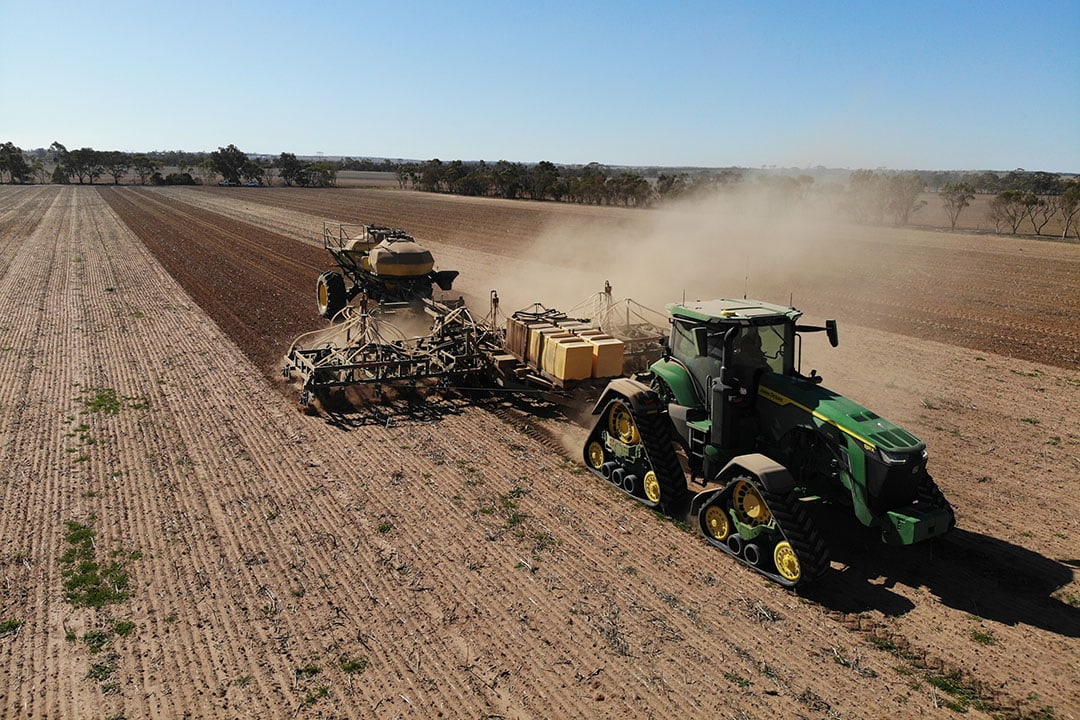
Bring youth back into agriculture
Mr Jones believes that if an idea is good, it will eventually find traction. “You have to have confidence to back yourself”, he says. “When you‘ve got investors coming on board, that will give you confidence. The best thing about agtech is that it’s bringing a whole heap of youth back into ag. Not necessarily through the old pathway of where you grew up on a farm, your parents were farming and you followed suit. Now there’s a lot of really smart new people coming into ag and that’s great.”
Mr Jones might invite a start-up to trial on his farm. “If one comes along that could be useful to us, we will use it”, he says. “But we won’t take anything just for the sake of it. Farmers can give good feedback to start-ups. We are the end users. Quite often a start-up will have a fantastic idea but has problems translating this in a useful way to growers.”
The interest in agtech of Australian farmers is growing rapidly, says Australian broadacre farmer Brad Jones. “It is starting to gain momentum and ramp up”, he says. “We see a lot of young farmers that come back to the farm from University or a trade. They often use the skills they have learned in their agricultural businesses. The younger generation is more acceptive of tech and that is a positive thing.”
Text continues underneath image
